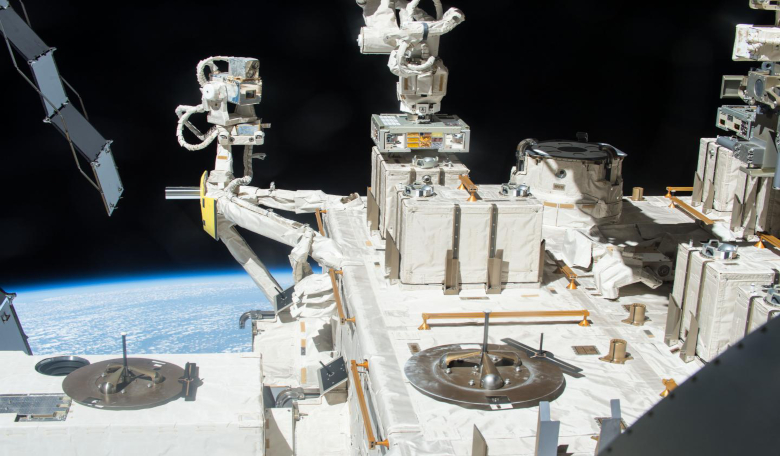The long debated and often controversial theory of panspermia, the idea that life has been spread throughout the Universe by tiny microbes which have hitched a ride on objects as small as space dust and as big as planetoids, has been given a boost after a new long-term study has found that clumps of bacteria can survive for three years in outer space conditions and could potentially survive for much longer if the microorganism colony is bigger.
Floating high up in the troposphere 12 kilometres above Earth are colonies of a bacteria known as Deinococcus,
Deinococcus are among the most radiation-resistant micro-organisms that have been discovered and they can survive being hit by gamma rays without dying or undergoing mutation.
Their ability to endure the harshest of environments – it is hardy lifeforms such as these that some scientists believe might be lurking in Venus’ atmosphere – has prompted many survival studies and for the last few years a team of scientists have pushed this to the extreme by monitoring their resistance to conditions in outer space.
Led by Dr. Akihiko Yamagishi, a Professor at Tokyo University of Pharmacy and Life Sciences and principal investigator of the space mission Tanpopo (which means dandelion in Japanese), the team strapped samples of different bacterial thicknesses in aluminum plate wells in exposure panels attached to the outside of the International Space Station (ISS).
The dried Deinococcus colonies were then left for one, two and three year durations to test their endurance.
It turns out Deinococcus are incredibly robust organisms, especially when grouped together, because after three years the Tanpopo team found that some of the bacteria were still alive.
In clumps bigger than 0.5mm, the inner colony members used their not so fortunate outer layer counterparts as a shield against radiation permeating space – a sort of herd survival mechanism – to keep alive and well, while those exposed at the surface died off.
Using their data, the researchers estimated that a pellet (aggregate) thicker than 0.5 mm would allow the bacteria to survive between 15 and 45 years on the ISS when exposed to UV light and 48 years if in the dark; a time span long enough to reach our nearest planetary neighbour.
"The results suggest that radioresistant Deinococcus could survive during the travel from Earth to Mars and vice versa, which is several months or years in the shortest orbit," says Dr. Yamagishi.
To date, this work which is now published in Frontiers in Microbiology, provides the best estimate of bacterial survival in space say the team, and adds a new method of existence for the tough microbes.
Previous experiments have shown that bacteria could survive in space for a long period when benefitting from being shielded by rock; a concept known as lithopanspermia, meaning rocky panspermia.
Using the dead outer colony members as shields gives raise to the possibility that bacteria could survive in space in the form of aggregates or clumps instead, a term that is being coined as "massapanspermia" – bacteria that might act as an “ark” to traverse space.
But, acknowledge the team, drifting the vastness of space in small clumps is one thing, but surviving a landing on another astronomical body is another matter and is a process that still needs to be assessed.
"The origin of life on Earth is the biggest mystery of human beings. Scientists can have totally different points of view on the matter. Some think that life is very rare and happened only once in the Universe, while others think that life can happen on every suitable planet,” Yamagishi says.
“If panspermia is possible, life must exist much more often than we previously thought.”











